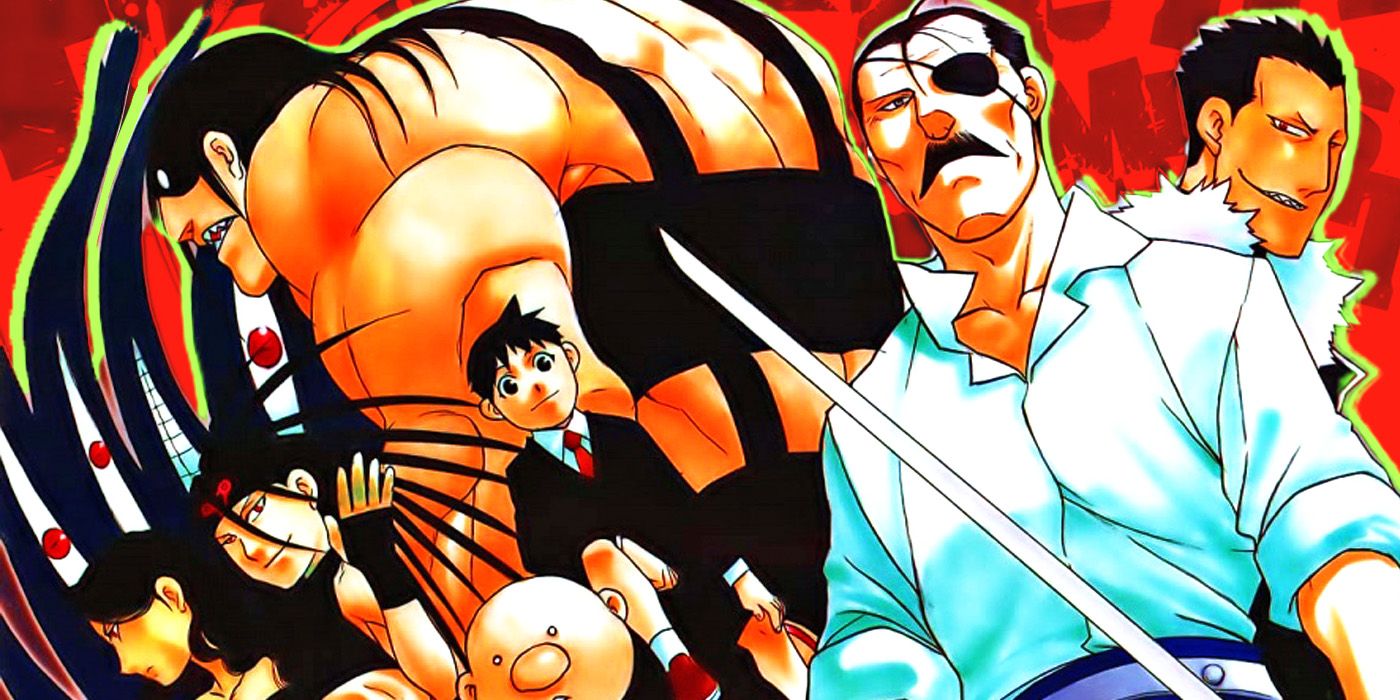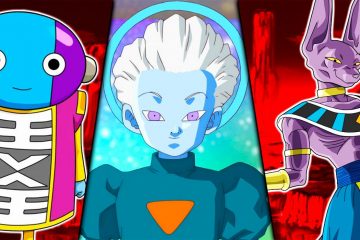The legendary shonen action anime Fullmetal Alchemist: Brotherhood often ranks near the very top among all great anime, such as on MyAnimeList.com, because of how much thought was put into every aspect of the story. Every major character in the Fullmetal Alchemist franchise embodies fascinating themes and has a cool design worthy of any top-rated shonen anime, including the villainous homunculi. Some anime villains are clearly designed just to give the heroes a good fight, but the homunculi of Fullmetal Alchemist: Brotherhood fame are entirely different.Even if those homunculi aren’t iconic villains in the same league as One Piece’s Captain Blackbeard or Dragon Ball Z’s Frieza, they represent some intriguing themes and concepts in Fullmetal Alchemist: Brotherhood, from their weapons of choice to their worldview, their actions, and even their respective deaths. New fans of Fullmetal Alchemist: Brotherhood will want to know more about how and why the homunculi were made, their purpose, and what they represent in the story.Most known homunculi in Amestris were created by the shonen supervillain Father, himself a homunculus of mysterious origin. Centuries ago, he was the small, dark “dwarf in the flask” whom Slave #23 met while working, and after gaining a Hohenheim-style body, Father created his seven homunculus “children” off-screen. The exact procedure for making those seven might never be known, but it’s evident that no ordinary scientist can create such beings. Chimeras are one thing, but homunculi are in a totally separate class. For example, most homunculi require a Philosopher’s Stone to function, while chimeras do not, and not just anyone can obtain that Stone. Father gained a massive Philosopher’s Stone for himself when he fooled Van Hohenheim into creating that massive transmutation circle in Xerxes one fateful night, loaded with hundreds of thousands of souls. Father later put seven Stones in his “children” of varying strengths.
The legendary shonen action anime Fullmetal Alchemist: Brotherhood often ranks near the very top among all great anime, such as on MyAnimeList.com, because of how much thought was put into every aspect of the story. Every major character in the Fullmetal Alchemist franchise embodies fascinating themes and has a cool design worthy of any top-rated shonen anime, including the villainous homunculi. Some anime villains are clearly designed just to give the heroes a good fight, but the homunculi of Fullmetal Alchemist: Brotherhood fame are entirely different.
Even if those homunculi aren’t iconic villains in the same league as One Piece‘s Captain Blackbeard or Dragon Ball Z‘s Frieza, they represent some intriguing themes and concepts in Fullmetal Alchemist: Brotherhood, from their weapons of choice to their worldview, their actions, and even their respective deaths. New fans of Fullmetal Alchemist: Brotherhood will want to know more about how and why the homunculi were made, their purpose, and what they represent in the story.
Most known homunculi in Amestris were created by the shonen supervillain Father, himself a homunculus of mysterious origin. Centuries ago, he was the small, dark “dwarf in the flask” whom Slave #23 met while working, and after gaining a Hohenheim-style body, Father created his seven homunculus “children” off-screen. The exact procedure for making those seven might never be known, but it’s evident that no ordinary scientist can create such beings. Chimeras are one thing, but homunculi are in a totally separate class. For example, most homunculi require a Philosopher’s Stone to function, while chimeras do not, and not just anyone can obtain that Stone. Father gained a massive Philosopher’s Stone for himself when he fooled Van Hohenheim into creating that massive transmutation circle in Xerxes one fateful night, loaded with hundreds of thousands of souls. Father later put seven Stones in his “children” of varying strengths.
#Fullmetal #Alchemist #Homunculus
Note:- (Not all news on the site expresses the point of view of the site, but we transmit this news automatically and translate it through programmatic technology on the site and not from a human editor. The content is auto-generated from a syndicated feed.))



